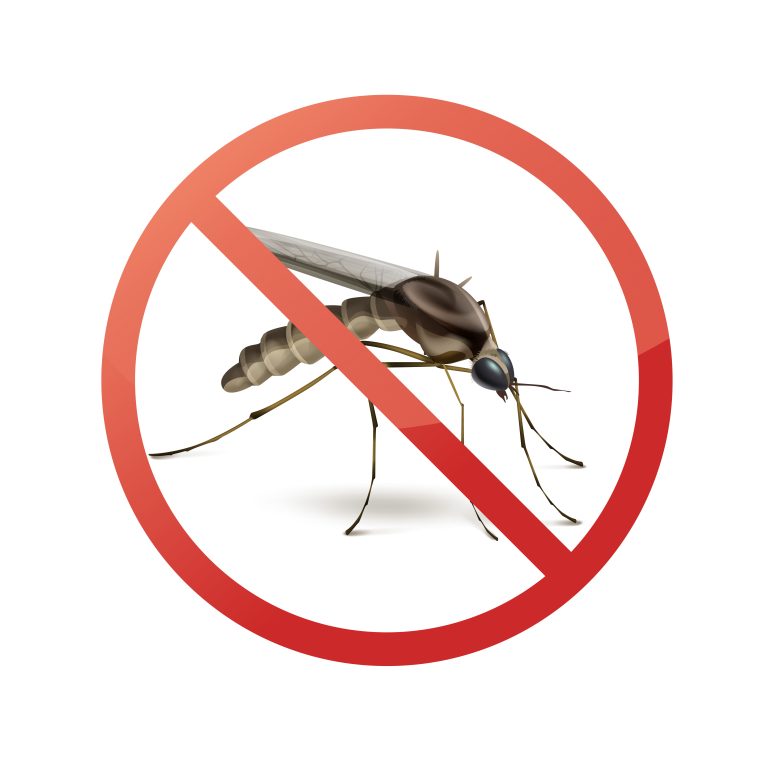Overview:
Chikungunya is a viral disease caused by the Chikungunya virus (CHIKV), which is transmitted to humans through the bites of infected mosquitoes, primarily the Aedes aegypti and Aedes albopictus species. These mosquitoes are also known for spreading other viral diseases, such as dengue and Zika.
Chikungunya Transmission:
Chikungunya is caused by a mosquito-borne virus that is mainly transmitted to humans by an infected female mosquito bite. The virus is typically introduced into the mosquito population when the mosquito bites a person already infected with the virus. After becoming infected, the mosquito can then transmit the virus to other humans through subsequent bites. The Aedes mosquitoes are day-biting and are most active in the early morning and late afternoon.
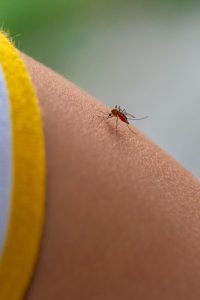
Chikungunya Symptoms:
Chikungunya virus is characterized by the sudden onset of chikungunya fever with chronic joint pain. The joint pain can be severe and is often the most debilitating aspect of the disease.
Other common symptoms include:
-
Muscle Pain:
Myalgia, or muscle pain, is common and can contribute to overall discomfort.
-
Headache:
Patients may experience intense headaches.
-
Fatigue:
A profound feeling of tiredness is often reported.
-
Rash:
A maculopapular rash may develop on the trunk and limbs.
-
Nausea and vomiting:
Some individuals may experience gastrointestinal symptoms.
The chikungunya symptoms usually appear 4-8 days after being bitten by an infected mosquito, though the incubation period can range from 2-12 days. While most patients recover fully within a week, joint pain can last for several months or even years in a few cases.
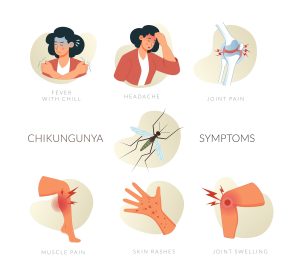
Chikungunya Diagnosis:
Chikungunya disease is diagnosed through clinical symptoms and can be confirmed with laboratory tests. The common chikungunya tests include:
- RT-PCR (Reverse Transcription Polymerase Chain Reaction): This Chikungunya test detects viral RNA in the blood and is most effective during the early stages of the illness.
- Enzyme-linked immunosorbent assays (ELISA) tests are done for the detection of IgM and IgG antibodies.
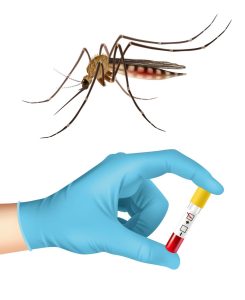
Chikungunya Treatment:
Chikungunya viral infection requires no specific antiviral treatment. Chikungunya treatment primarily focuses on reducing symptoms. This may include:
-
Rest:
Sufficient rest is important to allow the body to fight the infection.
-
Hydration:
Maintaining hydration is important, especially if fever and sweating are present.
-
Reduce fever:
Medicines such as acetaminophen or paracetamol can be taken to decrease chikungunya fever and pain. To reduce the risk of bleeding, refrain from taking aspirin or other NSAIDs, such as ibuprofen, until dengue can be ruled out.
-
Physiotherapy:
In cases where joint pain persists, physiotherapy can be recommended to enhance joint function and decrease stiffness.

Chikungunya Complications:
While chikungunya is rarely fatal, complications can occur, mainly in elderly people or those with pre-existing health conditions. Chronic joint pain is the most common long-term chikungunya complication. Other potential complications include neurological disorders, myocarditis (inflammation of the heart muscle), and rarely severe ocular and gastrointestinal problems.

Chikungunya Prevention:
The increased risk of chikungunya primarily involves reducing exposure to mosquito bites and controlling mosquito populations. Key chikungunya preventive measures include:
-
Using Insect Repellents:
Apply repellents containing DEET, picaridin, or oil of lemon eucalyptus to exposed skin.
-
Wearing Protective Clothing:
Long-sleeved shirts and pants can help reduce skin exposure to mosquitoes.
-
Using Mosquito Nets:
Sleeping under insecticide-treated nets can protect against mosquito bites, especially in areas where mosquitoes are active.
-
Eliminating Breeding Sites:
Aedes mosquitoes breed in stagnant water. Regularly emptying the containers or any water-collecting objects that collect water, such as flowerpots, buckets, and tyres, can help reduce the mosquito population.
-
Community Efforts:
Public health campaigns focusing on mosquito control and education about preventing mosquito bites are essential in reducing the spread of chikungunya.
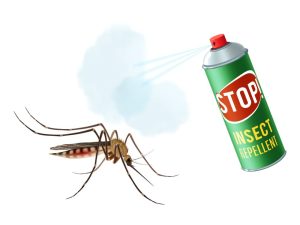
Chikungunya Global Impact:
Chikungunya outbreaks have occurred worldwide, particularly in tropical and subtropical regions. The increased risk of the disease is due to more international travel and the widespread presence of the Aedes mosquitoes. Large outbreaks have been reported in the Indian Ocean islands, Southeast Asia, and the Americas, with millions of cases documented globally.
Conclusion:
There is an increased risk of chikungunya illness in places where Aedes mosquitoes are common. Even though the disease usually goes away on its own, it can cause long-lasting joint pain and other problems. That’s why it’s really important to prevent it and control the mosquitoes that spread it. It’s also crucial for people to know about it, get diagnosed early, and get the care they need to manage it and lessen its impact on communities.
FAQ’s:
1. What is the best chikungunya treatment?
As of right now, there are no medications to treat chikungunya. Some symptoms can be reduced by rest, water, and over-the-counter pain relievers. To lower fever and pain, take medicines like paracetamol or acetaminophen.
2. What is the most perfect fruit in Chikungunya?
If you are suffering from chikungunya, it is recommended that you consume a greater amount of foods that are high in vitamins C and E. Consume a variety of fresh fruits, including kiwis, oranges, guavas, pineapple, papaya, sweet lime, Indian gooseberry, mangoes, melons, pomegranates, and berries.
3. Can we consume chicken in chikungunya?
Eat vegetarian food. Doctors recommend that chikungunya patients avoid non-vegetarian foods, as they tend to increase the load on the liver.
4. Can we consume curd in chikungunya?
Yes, curd can be consumed in chikungunya.
5. What is chikungunya rash?
A red, itchy rash is common in chikungunya, appearing 2-5 days after fever on the face, arms, legs, and trunk. It lasts 3-7 days and may cause discomfort.

